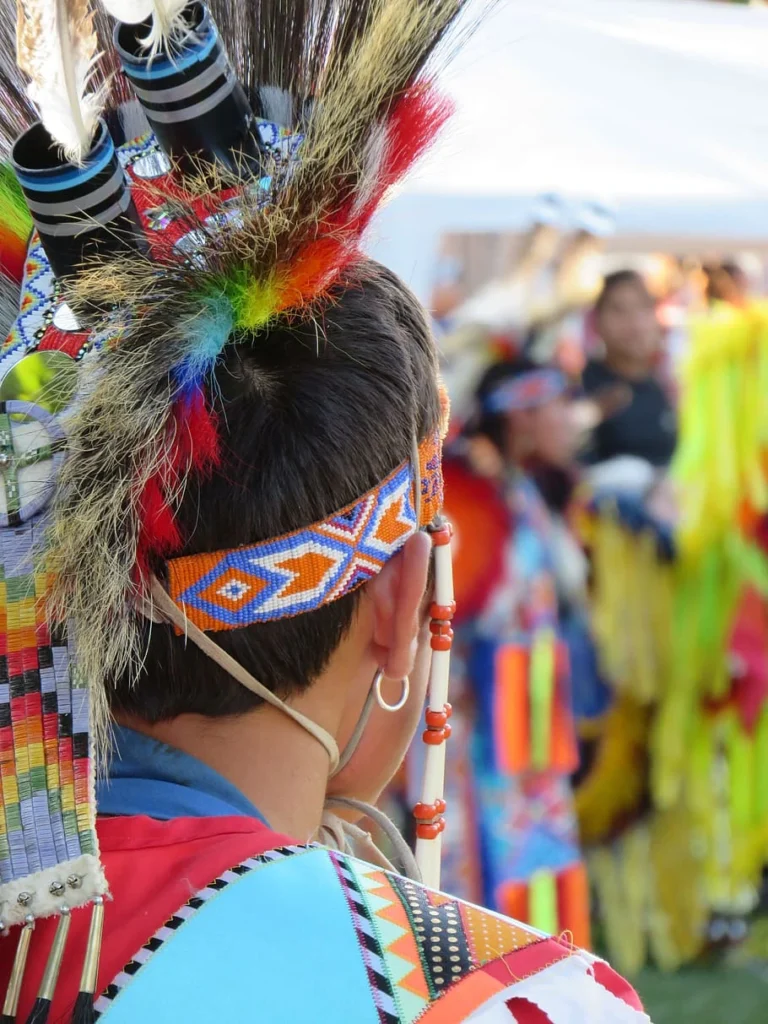Step off the beaten path of modernity, and tread upon the ancient soil of North America. A land where stories become whispers in the wind, carrying the echoes of age-old traditions and vibrant cultures. The Indigenous heritage encapsulates the very essence of this continent, a rich tapestry interwoven with tales of resilience, wisdom, and a mesmerizing diversity. In this article, we embark on an expedition to discover the key to preserving and honoring these vibrant Indigenous cultures that grace our lands.
Unveiling the Tapestry
Imagine standing atop a hill, gazing across the vast expanse of pristine wilderness. Here, we delve into the depths of the Indigenous heritage in the United States, seeking to comprehend a mosaic of traditions intricately connected to the land. It is a tapestry, woven over thousands of years, where the words spoken, the dances performed, and the art created, all bear witness to the profound connection of Indigenous peoples with their environment.
Preserving the Past
As timeless as it seems, the Indigenous heritage faces numerous challenges in contemporary times. History, with its chapters of colonization and cultural assimilation, has eroded the presence of many Indigenous cultures, languages, and practices. However, a collective awakening has spurred a newfound vigor to preserve and celebrate Indigenous cultures.
Education for All
The key to preserving Indigenous heritage rests upon the foundation of education. By incorporating accurate Indigenous history and teachings into school curricula, we can ensure that younger generations grow up acknowledging and respecting the cultural richness that surrounds them. Understanding the contributions of Indigenous communities to contemporary society fosters empathy and strengthens the bonds between cultures.
Language Revitalization
The words we speak shape our understanding of the world. The revitalization of Indigenous languages contributes significantly to the preservation of Indigenous heritage. Language is not only a form of communication but a vessel for transmitting ancestral knowledge, cultural practices, and spiritual connection. Initiatives promoting language immersion programs, bilingual education, and documentation of oral traditions empower Indigenous communities to reclaim their linguistic wealth.
Cultural Centers as Sanctuaries
Cultural centers emerge as safe havens where Indigenous communities can thrive, preserve, and pass on their traditions. These centers function as repositories of ancient wisdom, housing artifacts, artwork, and historical records. By supporting the establishment and funding of cultural centers, we create spaces for Indigenous communities to cultivate and share their vibrant cultures, inviting all to experience their unique heritage.
Sustainable Tourism: A Double-Edged Sword
Tourism holds great potential in raising awareness and appreciation for Indigenous cultures. However, it must be carefully balanced with the utmost respect for the cultural protocols and traditions of Indigenous communities. Encouraging sustainable and responsible tourism practices allows visitors to engage in authentic cultural experiences while supporting the economic growth and self-determination of Indigenous groups.
Hand In Hand
Preserving and honoring Indigenous cultures in North America requires a collective commitment to education, language revitalization, cultural centers, and responsible tourism. By nurturing an understanding and appreciation for the Indigenous heritage that thrives on this continent, we can help ensure that future generations inherit a world enriched by the diverse tapestry of Indigenous cultures. Let us embark on this journey, hand in hand with Indigenous communities, celebrating their heritage as an invaluable treasure of humankind.
